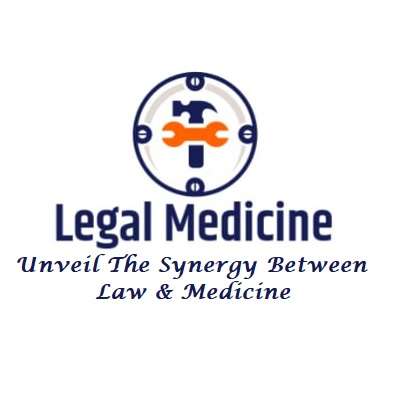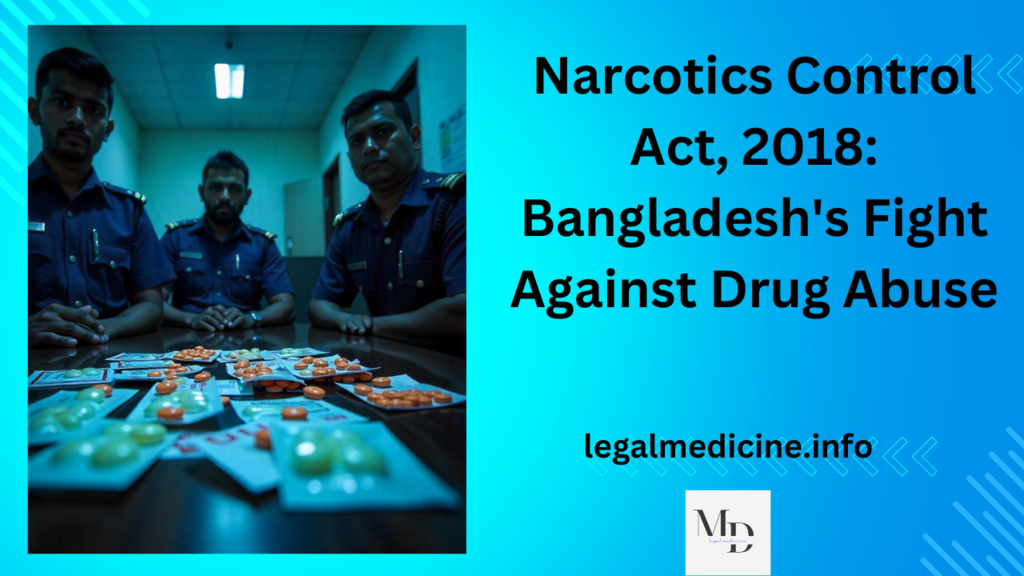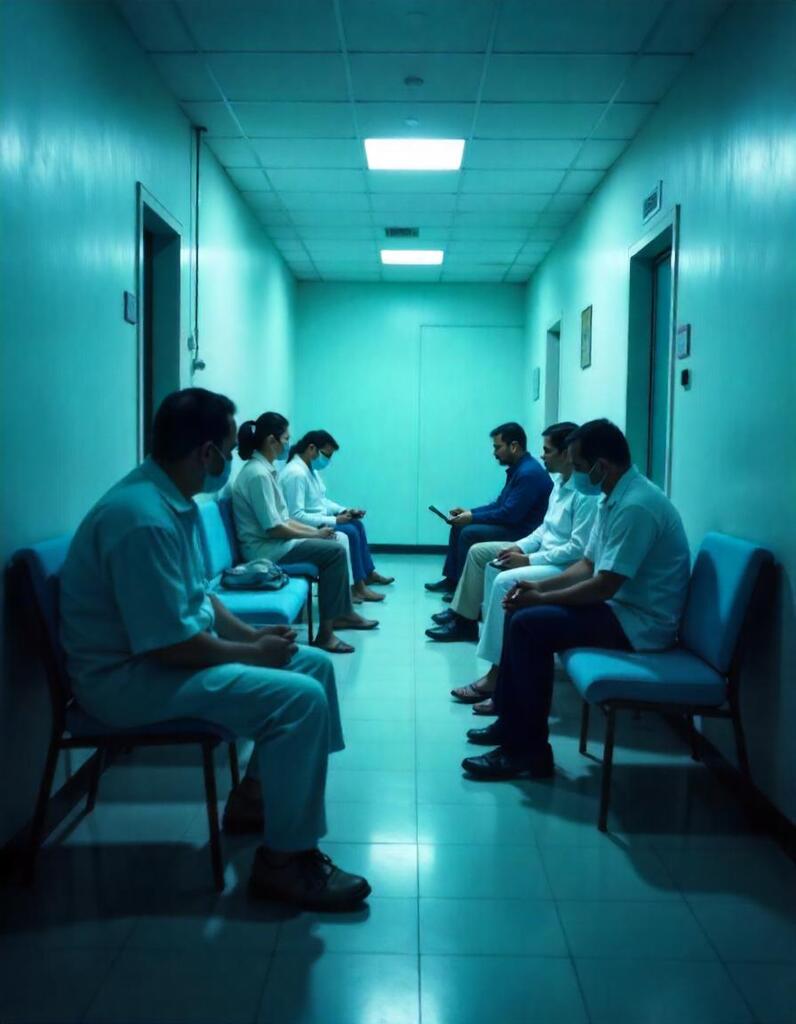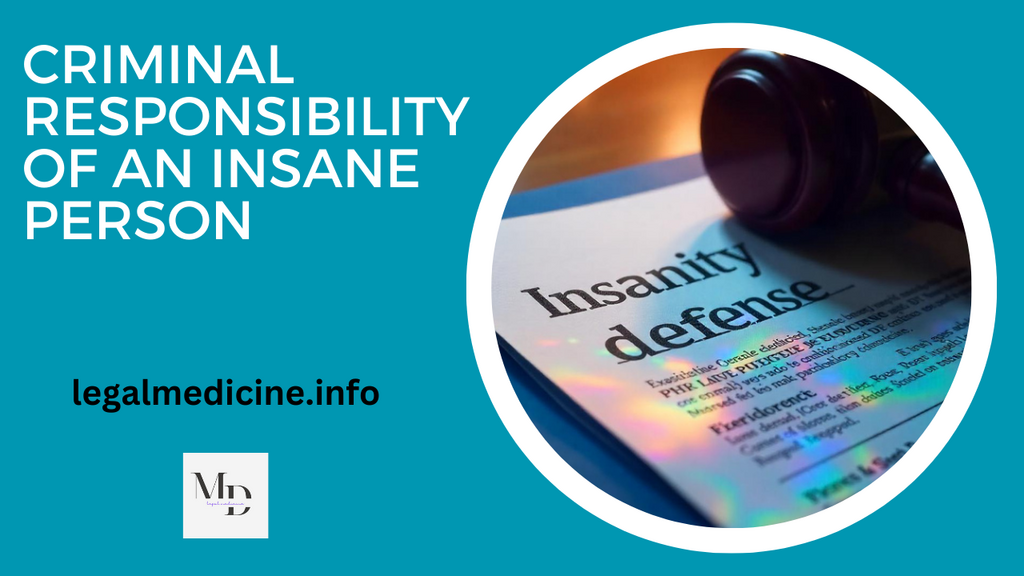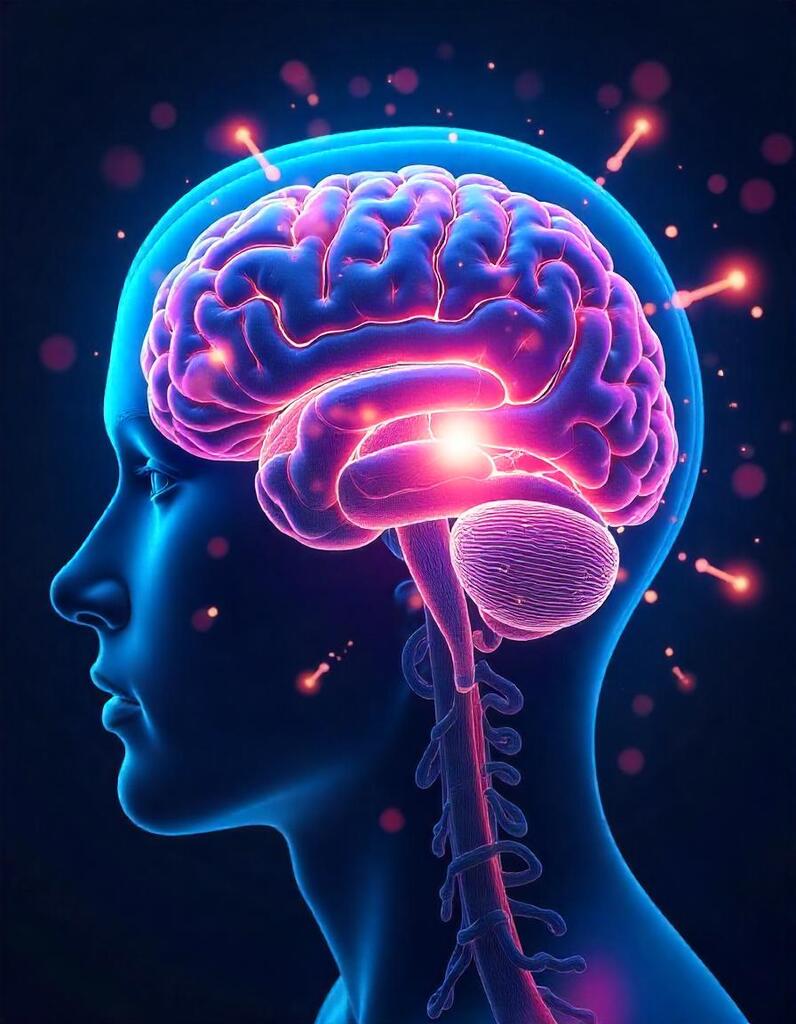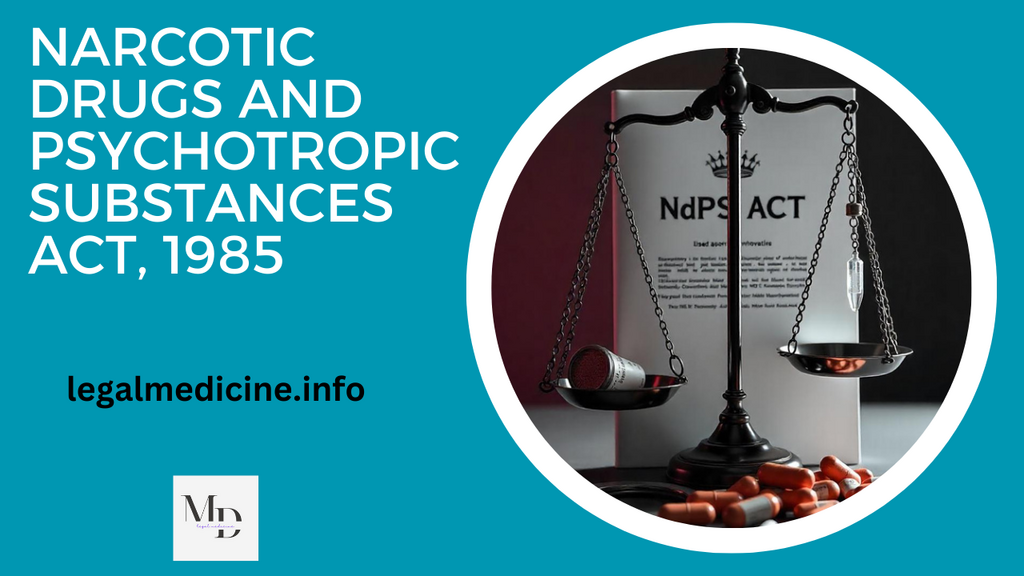
The Narcotic Drugs and Psychotropic Substances Act, 1985 (NDPS Act) is the cornerstone of India’s fight against drug trafficking and abuse. It outlines strict regulations on the manufacture, possession, sale, and transport of narcotic and psychotropic substances. This blog explores the key elements of the Act, including drug classifications, punishments, long-term health effects, and frequently asked questions.
Introduction to the NDPS Act, 1985
The Indian government introduced the NDPS Act to comply with international treaties and curb the growing problem of drug addiction and illegal trafficking. The Act empowers the state to regulate operations related to narcotic drugs and psychotropic substances.
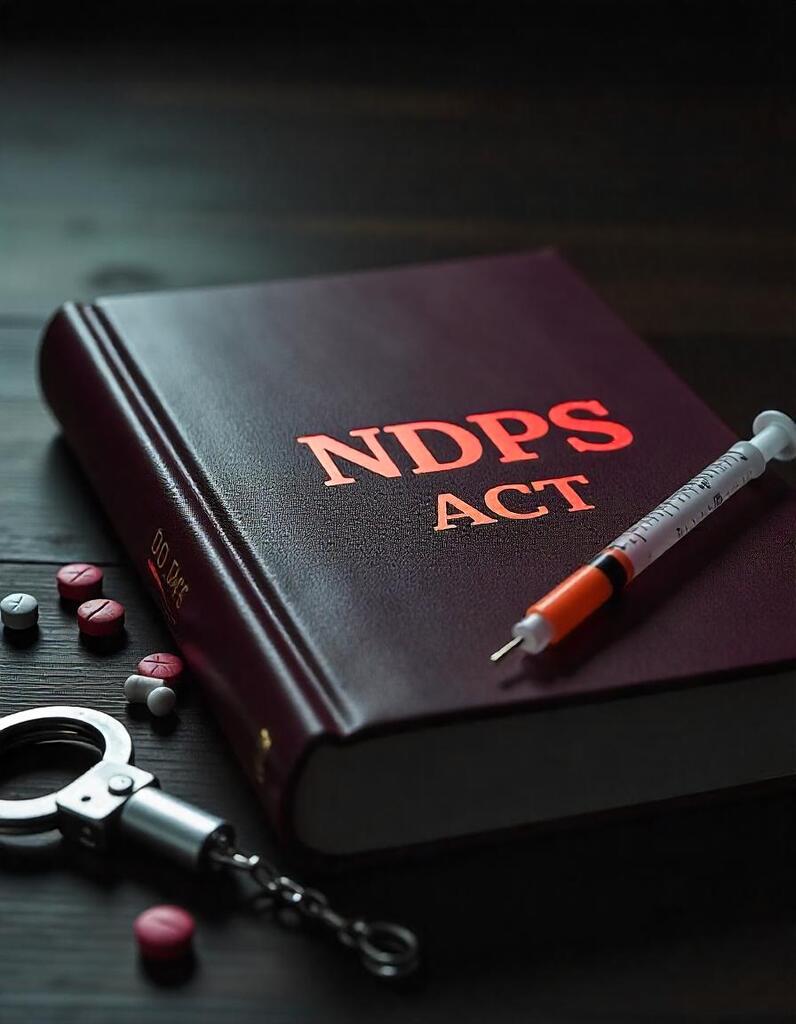
What Are Narcotic and Psychotropic Substances?
Narcotic Drugs
Narcotics are substances that relieve pain, dull the senses, and often induce sleep. Common examples include:
- Heroin
- Opium
- Morphine
- Methadone
- Fentanyl
Psychotropic Substances
Psychotropic substances affect brain function and alter mood or consciousness. Examples include:
- Amphetamines
- MDMA (Ecstasy)
- LSD
- Ketamine
- Diazepam
The NDPS Act contains a detailed list of prohibited narcotic and psychotropic substances under various schedules. A complete and updated list is available on the Narcotics Control Bureau (NCB) website.
Key Provisions of the NDPS Act

1. Regulation of Production and Trade
The Act prohibits the manufacture, possession, sale, purchase, transport, and consumption of narcotic drugs and psychotropic substances unless permitted for medical or scientific purposes.
2. Penalties Based on Quantity
Penalties vary based on the quantity of drugs seized:
- Small Quantity: Up to 1 year of imprisonment or a fine up to Rs. 10,000 or both.
- More than Small but Less than Commercial Quantity: Up to 10 years of imprisonment and a fine up to Rs. 1 lakh.
- Commercial Quantity: Minimum of 10 years and up to 20 years of imprisonment, and a fine between Rs. 1 lakh and Rs. 2 lakhs.
3. Forfeiture and Seizure
The Act empowers the authorities to:
- Seize properties acquired through drug trafficking.
- Freeze bank accounts related to drug dealings.
4. Special Courts
The Act mandates the establishment of Special Courts to ensure speedy trials for drug-related offenses.
Long-Term Effects of Narcotic and Psychotropic Drugs

Drug abuse can lead to several physical and psychological health issues. Some of the major long-term effects include:
- Cognitive Decline: Memory loss, impaired judgment, and attention issues.
- Liver and Kidney Damage: Especially due to heroin and synthetic opioids.
- Cardiovascular Issues: High blood pressure, irregular heartbeat.
- Mental Disorders: Depression, anxiety, and paranoia.
- Addiction and Dependency: Leading to withdrawal symptoms and cravings.
Rehabilitation and De-addiction Programs
The NDPS Act encourages the rehabilitation of addicts by:
- Offering immunity from prosecution for addicts voluntarily seeking treatment.
- Supporting government and private de-addiction centers.
- Promoting awareness campaigns and public education.
Amendments to the NDPS Act
Several amendments have refined the Act to strike a balance between punishment and rehabilitation:
- 2001 Amendment: Introduced quantity-based sentencing.
- 2014 Amendment: Recognized essential narcotic drugs for palliative care.
Challenges in Implementation
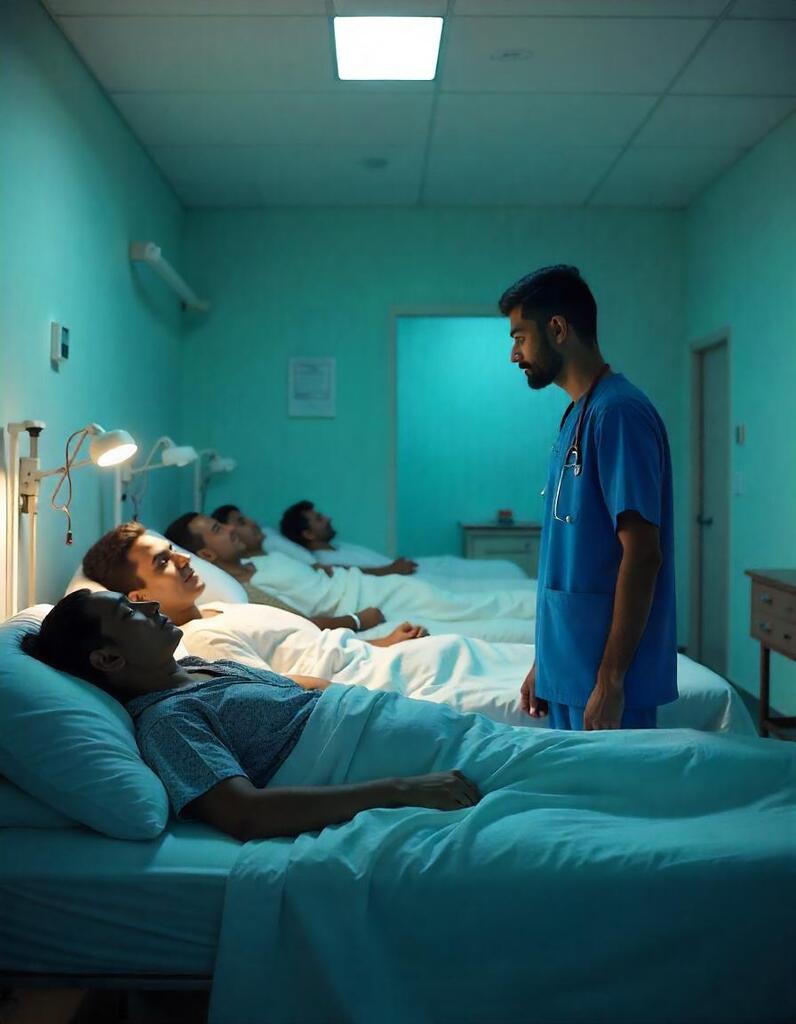
Despite its strict provisions, several challenges persist:
- Backlog of Cases: Delays in court proceedings.
- Overcrowded Prisons: Many under-trial prisoners are held for minor drug offenses.
- Limited Rehabilitation Access: Rural areas often lack adequate facilities.
FAQ on the NDPS Act
1. What is the purpose of the NDPS Act?
The NDPS Act aims to control and regulate the operations involving narcotic drugs and psychotropic substances.
2. Can a first-time offender get bail under the NDPS Act?
Yes, but bail depends on the quantity and nature of the substance. Courts usually consider rehabilitation prospects.
3. Are any drugs legal under the NDPS Act?
Only under medical or scientific use, with licenses from competent authorities.
4. What is considered a ‘small quantity’ under the Act?
Quantities vary for different substances. For instance, 5 grams of heroin is considered a small quantity.
5. Does the Act provide for rehabilitation?
Yes, it encourages addicts to undergo voluntary treatment and provides immunity in certain cases.
For more legal information and updates, visit the Narcotics Control Bureau official site.
Sources:
- Narcotic Drugs and Psychotropic Substances Act, 1985
- Narcotics Control Bureau (NCB)
- Ministry of Home Affairs, Government of India
